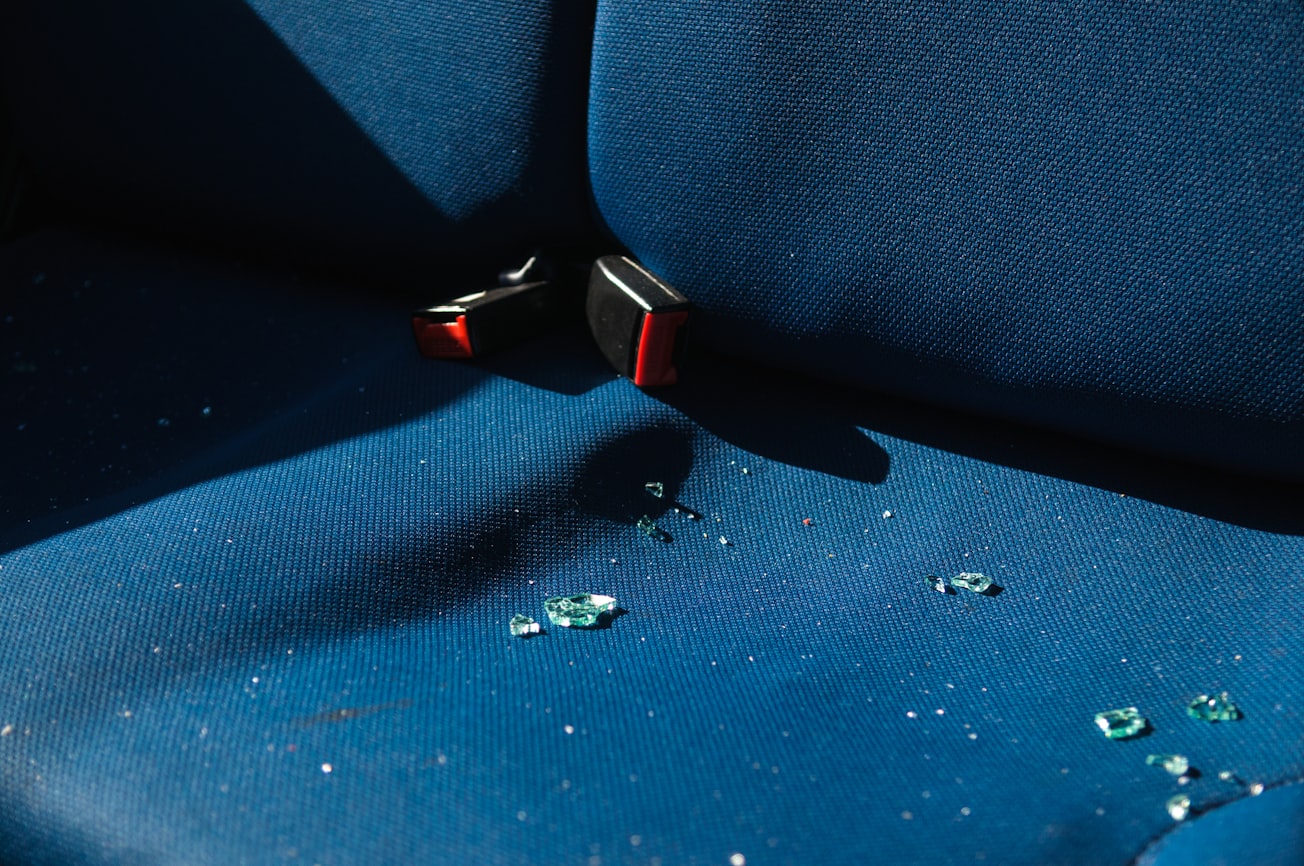What is it about?
In this study, we reviewed a multicenter national database of motor vehicle accidents, providing comprehensive crash and occupant information in a large number of moderate to severely injured occupants presenting at Level 1 Trauma Centers. The objectives of this study were to determine the types of injuries sustained to the thoracic and lumbar spine in motor vehicle crash occupants and to study the associated morbidity incurred by occupants with these fractures of the spine. Clinical and imaging data were analyzed, and fracture patterns were correlated with demographic and crash data, including seatbelt use.
Featured Image

Photo by Alejo Reinoso on Unsplash
Why is it important?
Despite a reduction in overall injury severity and mortality, seat belt use is associated with an increased incidence of Thoracic and Lumbar spine fractures. Extension injuries occurred in older, obese individuals, and were associated with a high fatality rate. Future advancements in automobile safety engineering should address the need to reduce Thoracic and Lumbar spine injuries in belted occupants.
Perspectives
A lot of attention is given to fatality, overall injury severity and cervical spine fractures from motor vehicle crashes. Thoracolumbar fractures may not be fatal but cause substantial morbidity. Seat belt use may affect the incidence of these injuries. It appears that the fracture types in appropriately belted occupants tend to be compression and burst fractures, which are less severe and less likely to be associated with spinal cord injury, than fracture-dislocations and flexion-distraction injuries seen in unbelted or inappropriately belted occupants. This paper had the highest reported number of extension TL spine injuries from motor vehicle accidents, and identified risk factors for the same.
Dr Chirag A Berry
University of Cincinnati
Read the Original
This page is a summary of: Occupant and crash characteristics in thoracic and lumbar spine injuries resulting from motor vehicle collisions, The Spine Journal, October 2014, Elsevier,
DOI: 10.1016/j.spinee.2014.01.038.
You can read the full text:
Resources
HHS Public Access
Full text provided by pubmed central
Spinal Injury After Vehicle Collision: 10 Characteristics
Becker's Spine Review features news and analysis on issues relating to spine practices.
Thoracic and lumbar fractures not uncommon in older adults following motor vehicle crashes
Orthopedics Today is a publication of healio.com. Designed as an in-depth specialty clinical information website, Healio.com features the industry’s best news reporting, dynamic multimedia, question and answer columns, CME and other educational activities in a variety of formats, quick reference content, blogs, peer-reviewed journals and a full line of popular book titles.
Seatbelts increase incidence of thoracic and lumbar spine fractures
Spinal News International is the international newspaper for spine specialists.
Contributors
The following have contributed to this page







